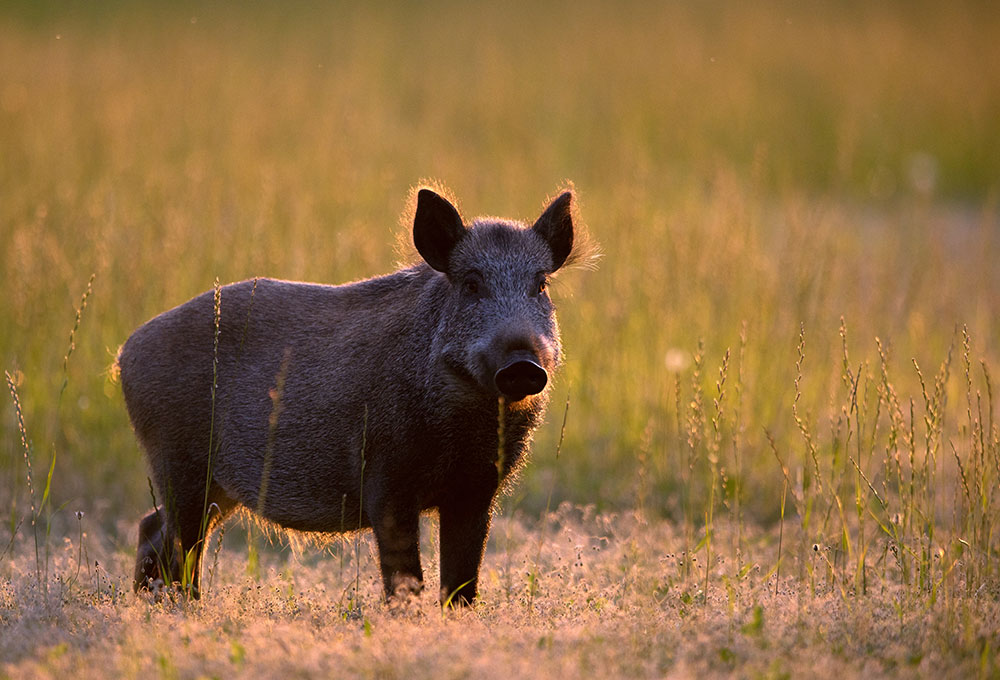Denna nyhet är äldre än 6 månader och är kanske inte aktuell längre.
The wild boar protects our ground-nesting birds
According to biologist Lars Hillström at University of Gävle, the much-maligned wild boars can play an important role in protecting the breeding of our ground-nesting birds.
“They chase away foxes and badgers, which are major threats to birds such as lapwings and curlews in farmlands and capercaillie and grouse in woodlands,” Lars Hillström says.







